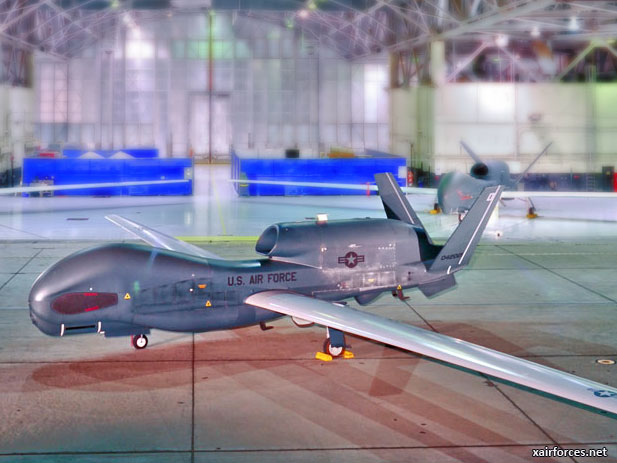
Pilots Not Totally Obsolete Yet

As UAVs become more prevalent, their capabilities will continue to develop. If you haven’t seen the videos demonstrating the nano-quadrotor UAVs under development at the University of Pennsylvania’s School of Engineering and Applied Science, then you are missing something.
Looking like the friendly alien robots in the 1987 sci-fi fairy tale film Batteries Not Included, the swarm of micro UAVs from the school’s General Robotics, Automation, Sensing and Perception (Grasp) lab can autonomously perform a variety of tricks including formation flying sharp enough to rival the Blue Angels.
A more whimsical but no less impressive performance was unveiled in February at the TED Conference at the Long Beach Performing Arts Center, when the mini-flier developers showcased their hummingbird-like creation’s ability to perform to the James Bond Theme.
But pilots who think the precision flying by these robots means that their cockpits will suddenly get a whole lot smaller should know there was a "secret" to these tricks. According to UPenn, the room where these demonstrations took place was specially fitted with infrared lights and cameras. Each of the tiny rotorcraft had reflectors on its struts, which allowed the camera system to plot its exact position and relay that information wirelessly to each unit. While the programmers assigned each of the miniature craft a series of waypoints in three-dimensional space that it needed to reach at an exact time, it was left up to the aerial robot to figure out how to get from point A to point B most efficiently.
So, much like fish when taken from their aquarium, the mini-quadrotors would not perform very well outside of their “fishbowl”-at least not yet. The videos clearly demonstrate the agility and maneuverability of the tiny craft that will no doubt find use in disaster recovery, law enforcement, surveillance and other applications someday. A larger version dubbed the Pelican has a large suite of sensors that allow it to function outdoors, but it is, like its smaller cousins, still in the developmental phase.
Further proof that humans just may still have some time left before being rendered obsolete in the cockpit by UAVs came last month when the Air Force reluctantly acknowledged that it spent more than $3 billion on Global Hawk Block 30 surveillance drones that aren’t as effective as the 1950s-era manned U-2 spyplanes they were meant to replace. In a report last year according to ABC News, the Department of Defense noted that during operational testing the drone was “not operationally suitable,” and more than half the time it was in the air failed to provide adequate surveillance of the target area.
At a Senate committee meeting, Air Force brass defended their decision to end the purchase contract and shelve the UAV by telling lawmakers that in the U-2 they “had an asset that can do the mission as it’s currently specified and could do it overall at much less cost,” Air Force Chief of Staff Norton Schwartz told the panel. “Sustaining the U-2 was a better bet.”
Northrop Grumman, the manufacturer, responded that it was disappointed with the Pentagon’s decision. “Global Hawk is the modern solution to providing surveillance,” it said. “In contrast the aging U-2 program, first introduced in the 1950s places pilots in danger, has limited flight duration and provides limited sensor capacity. Extending the U-2’s service life also represents additional investment requirements for that program.” Though it will mothball the Block 30s, the Air Force said it will continue to operate its other versions of the Global Hawk, which specialize in communications technology and long range target detection along side the venerable manned “Dragon Lady.”
Source: By Curt Epstein - March 25, 2012 (ainonline.com)
Photo: The Air Force shelved the Global Hawk block 30 UAV on the grounds that maintaining the 1950s era U-2 is a better bet, (USAF)
(25.03.2012)
|